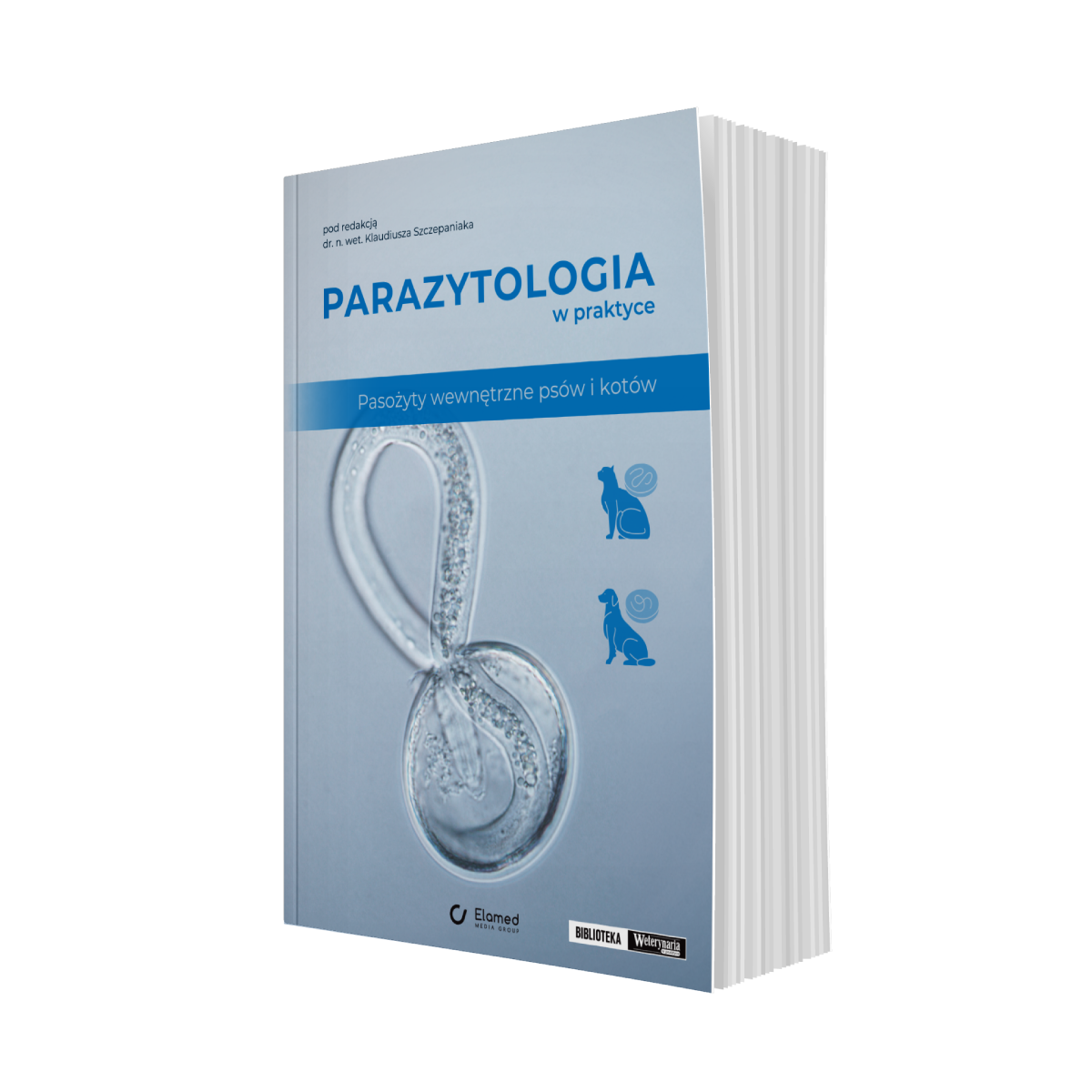Wektorowa rola kleszczy atakujących psy w Polsce
Piśmiennictwo
- Bajer A. et al.: Babesia canis and tick-borne encephalitis virus (TBEV) co-infection in a sled dog. “Annals of Agricultural and Environmental Medicine”, 2013, 20, 3.
- Bonnet S. et al.: Prevalence of tick-borne pathogens in adult Dermacentor spp. ticks from nine collection sites in France. “Vector-Borne and Zoonotic Diseases”, 2013, 13, 4, 226-236.
- Burtis J.C. et al.: The impact of temperature and precipitation on blacklegged tick activity and Lyme disease incidence in endemic and emerging regions. “Parasites & Vectors”, 2016, 9, 1, 606.
- Camacho A.T. et al.: Ixodes hexagonus is the main candidate as vector of Theileria annae in northwest Spain. “Veterinary Parasitology”, 2003, 112, 1, 157-163.
- Cook M.J.: Lyme borreliosis: a review of data on transmission time after tick attachment. “International Journal of General Mmedicine”, 2015, 8, 1.
- Földvári G., Rigó K., Lakos A.: Transmission of Rickettsia slovaca and Rickettsia raoultii by male Dermacentor marginatus and Dermacentor reticulatus ticks to humans. “Diagnostic microbiology and infectious disease”, 2013, 76, 3, 387-389.
- Hancock P.A., Brackley R., Palmer S.C.F.: Modelling the effect of temperature variation on the seasonal dynamics of Ixodes ricinus tick populations. “International journal for parasitology”, 2011, 41, 5, 513-522.
- Karbowiak G., Kiewra [...]
Ten materiał dostępny jest dla zalogowanych użytkowników.
Załóż konto i dołącz do grona użytkowników naszego portalu!
Chcesz mieć dostęp do wszystkich materiałów na portalu?
Mogą zainteresować Cię również
111
ALGORYTMY
POSTĘPOWANIA
w weterynarii
POSTĘPOWANIA
w weterynarii
























